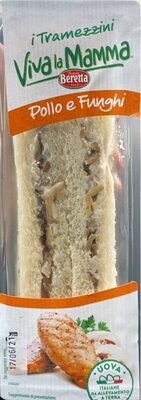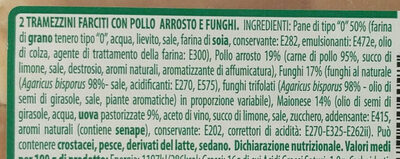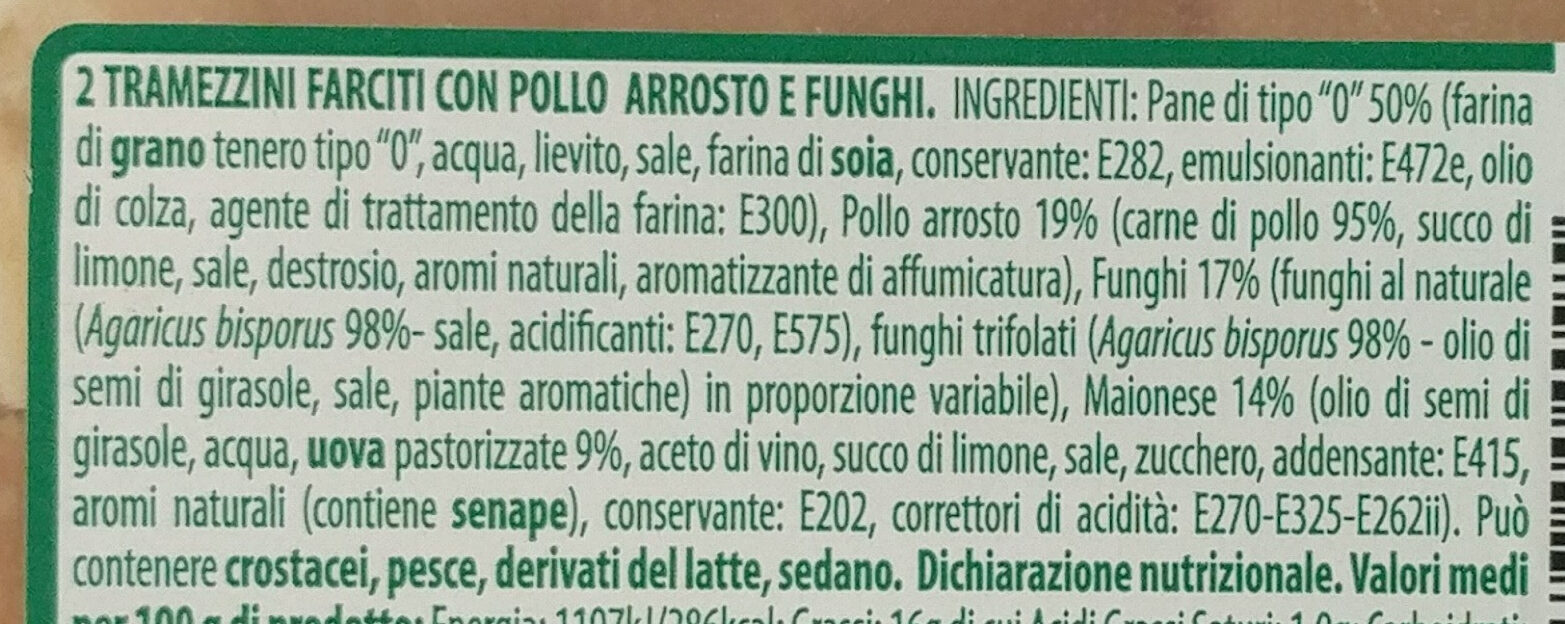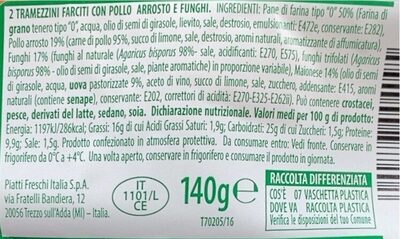Viva la mamma - 140 g
This product page is not complete. You can help to complete it by editing it and adding more data from the photos we have, or by taking more photos using the app for Android or iPhone/iPad. Thank you!
×
Barra-kodea: 8000787004095 (EAN / EAN-13)
Kopurua: 140 g
Markak: Viva la Mamma, Beretta, Piatti freschi Italia
Kategoriak: en:Plant-based foods and beverages, en:Plant-based foods, en:Cereals and potatoes, en:Meals, en:Breads, en:Buns
Manufacturing or processing places: Piatti Freschi Italia S.p.A - Via Vercelli 59 - 13030 - Caresanablot (VC) Italia
Traceability code: IT 1101-L CE
Matching with your preferences
Ingurumena
Ontziratzea
Transportation
Report a problem
Datuen iturria
Product added on by kiliweb
Last edit of product page on by telperion87.
Produktuaren orria -gatik editatua hungergames, openfoodfacts-contributors, roboto-app, thaialagata, yuka.Wlp4Y0VJSlJ0TU12c1BFQTNoTG82b3g1NHFId0RIL3FjN0FjSVE9PQ, yuka.sY2b0xO6T85zoF3NwEKvlkZXXdjuoSzVHgz4oF2R6OWNK7b3SOB72KbwHao.










